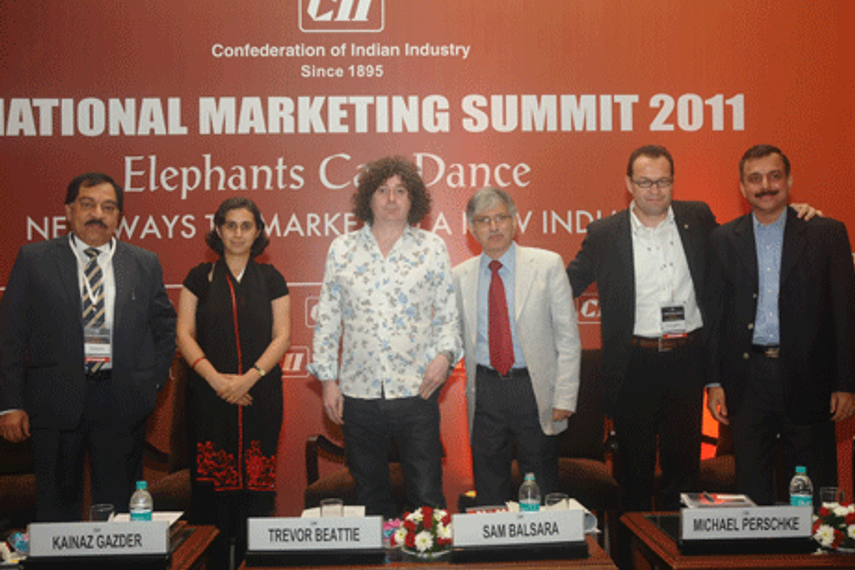
Please sign in or register
Existing users sign in here
Having trouble signing in?
Contact Customer Support at
[email protected]
or call+91 22 69489600
A report from sessions held on day one of the 11th CII National Marketing Summit in Mumbai

Contact Customer Support at
[email protected]
or call+91 22 69489600
Top news, insights and analysis every weekday
Sign up for Campaign Bulletins
Its ‘My Guiding Light’ campaign centres personal agency in diamond buying, positioning value-led choice amid rising competition from lab-grown diamonds.
Directed by Emmy Award‑winner Rhys Thomas and produced by Stink London, the hotel chain has launched localised versions for India, Japan, and Korea.
Atul Sharma exits after seven years at the helm.
Following Omnicom’s acquisition of IPG, Omni is now also powered by assets originally under the latter.